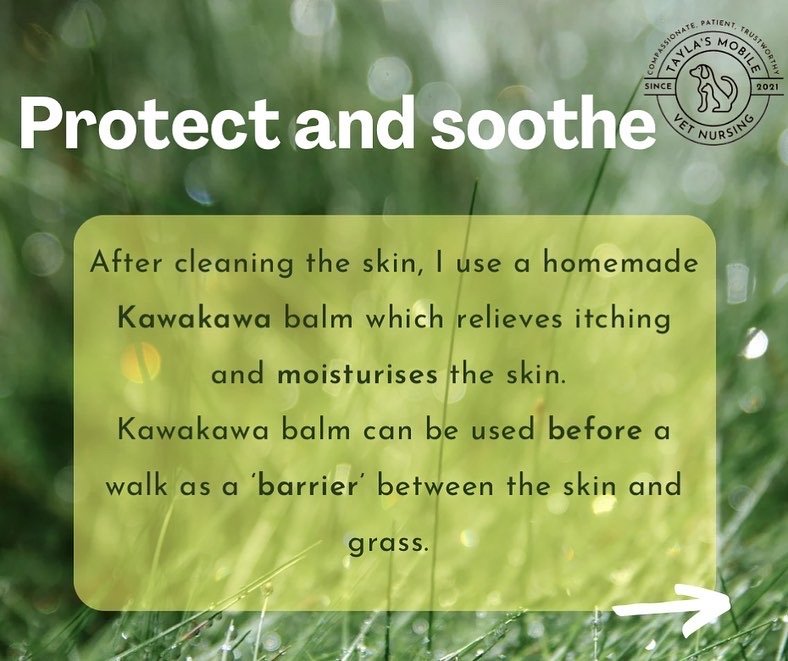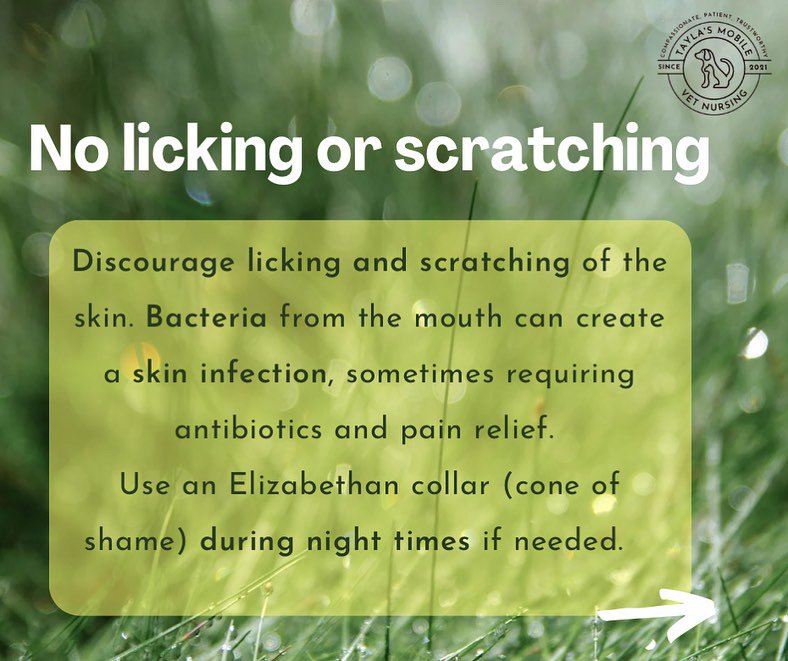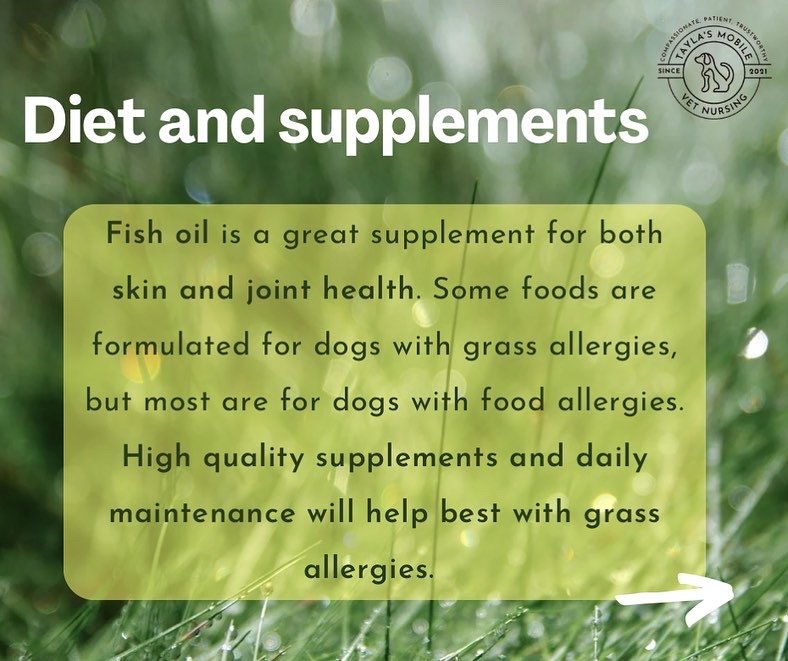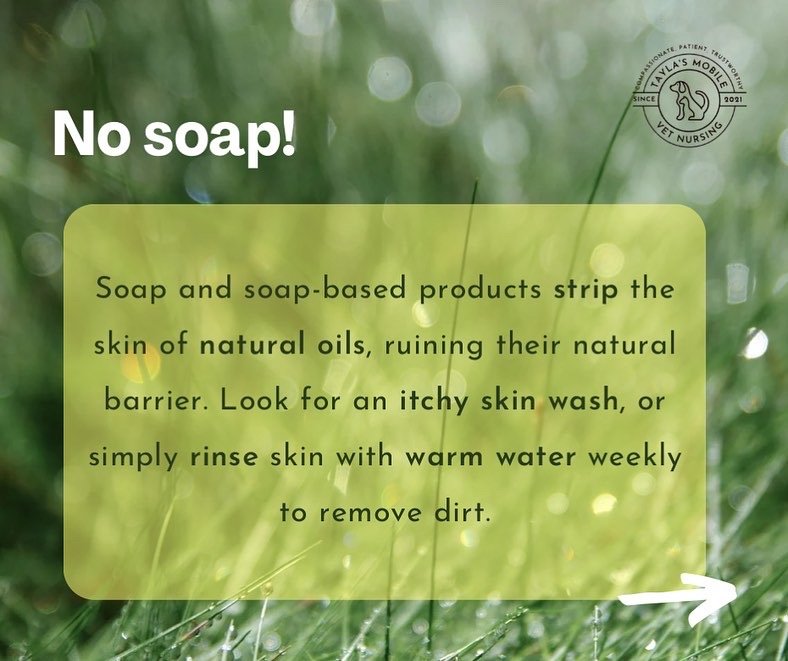
Itchy skin can be caused by many different things. From protein allergies in food to environmental allergies outside. In this article, I will talk about my experience and tips on grass and environmental allergies.
So, your dog has been diagnosed with atopic dermatitis or grass allergies, now what? The bad news is that this is a life-long problem. The good news is that it is manageable!
You come home from a walk or from being outside and suddenly your dog won’t stop itching/licking/scratching at their skin, and you notice their skin is red and inflamed. This is usually caused by coming into contact with an environmental allergen. Two of the most common plants that cause this reaction are wandering dew and kikuyu/buffalo grass.
The proteins from these plants stick to the skin and cause a histamine reaction. To stop this histamine reaction from continuing, wipe down the skin over the entire pet with a warm, damp cloth to remove the proteins. Do not use soap, as it strips the skin of its natural protective oils! For extra relief, brew a cup of chamomile tea as normal, let it cool, and use it with a cloth to wipe over the entire body. Focus especially in between the toes, on the belly, around the face/neck, and on the legs. After wiping the skin down, dry thoroughly with a towel as moist environments encourage bacterial growth.
Apply a soothing cream after wiping and drying. Kawakawa balm is cheap and naturally soothing. Do not use Aloe Vera as it is very toxic for dogs!
After the steps outlined above, discourage your dog from licking and scratching their skin as this can cause them to break the skin and create a secondary bacterial infection, often requiring antibiotics and steroids to clear up. This can be done by using a doggy suit, pajamas, or an Elizabethan collar/cone of shame.
Before your next walk, you can apply a barrier cream, use a body suit and shoes to protect the skin from coming into contact with these proteins.
For further protection, you may like to add dietary supplements like omega/fish oils. Please seek advice if you are wanting to do this.
Skin allergies can be a nightmare! With daily maintenance, you can prevent big outbreaks from occurring.
If you would like a professional opinion or a walk-through of this routine, plus other handy tips, book a visit with me!









